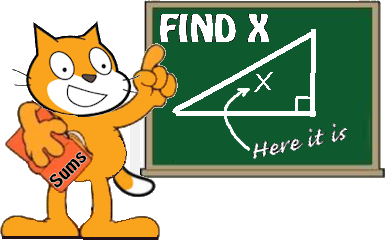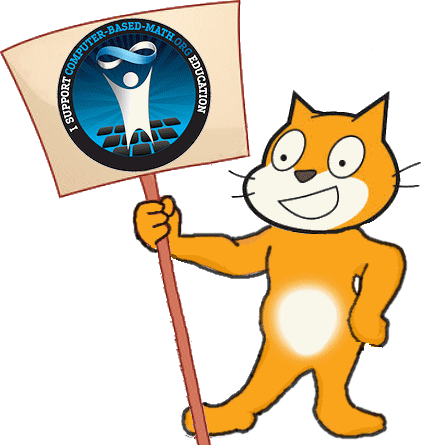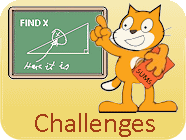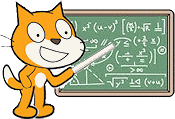
|
Holmes in 1986 made the pronouncement
He outlined sound reasons why this should be so:
Holmes Peter (1986). The Impact of Computers on School Statistics Teaching. Centre for Statistical Education Sheffield, UK ICOTS 2
|
|
Computers were so called because they computed, but some 60 years after their introduction and nearly 30 years after Holmes book using computers for mathematics are notable by their absence
in the classroom as mathematical tools. True some CAS and Dynamic Geometry software has found good use such as The Geometer's Sketchpad, Cabri, TinkerPlots, Fathom, TI-Nspire CAS,
Autograph etc. all look good and playing with Autograph I found most enlightening.
I have put some computable problems on a pdf which are not found in the code challenges.
Are these easier by pencil/paper or by computer? Can they all be done by pencil/paper or by computer? In some cases to have a computer solution you have to emulate the pencil/paper method, so why use a computer. Others could possibly be done by pencil/paper but only after laborious computations. But then how do you know your programme is giving the right answer? Most of these challenges should be solvable with Scratch without too many lines of code (define large! 10, 100, 1000, 10000 etc.) so possibly done in one or two lessons. Some lend themselves to graphical or picturesque solutions, but could easily be done without. For instance No.21 done in the mind but what about a programme where the gears rotate correctly. Some give themselves to heuristic simulation, perhaps No.18. There’s another question hidden inside No.11 what is it? No.2 the extension for aN^m + bN^(m-1) + cN^(m-2)…...cN^r is only for the adventurous but if you do attempt it how does this lead on to calculus?
The great danger in using computers is the possibility of relying on the computer, with no understanding of the underling ideas, and readily accepting “the computer says”. My own
experience is by writing code for mathematical problems increases the understanding both for myself and the few students I have used it with up to A level. For some I have used text
based languages but here I have kept to Scratch. I hope I give lie to the idea that Scratch can only be used for trivial programmes and freeing the student with wrestling with syntax
and the complexities of the IDE. It’s powerful sprite engine allows students to readily engage with visual appealing programs. True for some of the challenges I first modelled in a text
based language as there’re easier in that medium | |
|
|
|

|
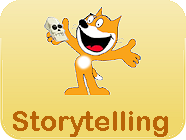
|
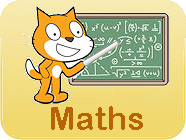
|
